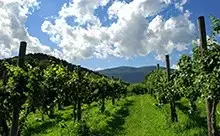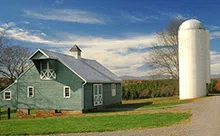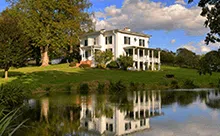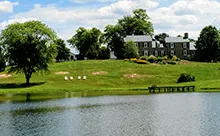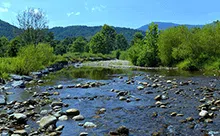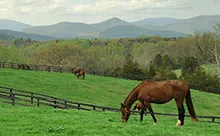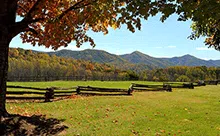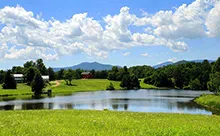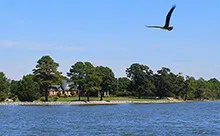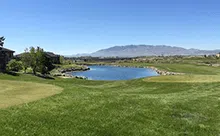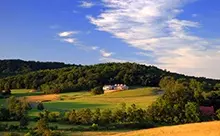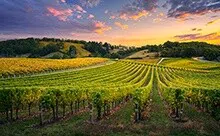home / virginia real estate / riverfront / rivers / rappahannock river
Rappahannock River
The Rappahannock River traverses the northern part of Virginia from the Blue Ridge Mountains in the west to the Chesapeake Bay in the east.
Stretching approximately 195 miles, the river has played an important role in American history as both a site of early settlements in the Virginia Colony in the 17th century and as the center of a major theatre of battle in the Civil War. The river is also frequently noted for its oysters, as those that thrive in the estuary of the Rappahannock are the least salty on the East Coast.
History of the Rappahannock
The name “Rappahannock” comes from the Algonquian word lappihanne, which means “river of quick, rising water,” or “where the tide ebbs and flows.” The local Native American population, the Rappahannock tribe, used this name for the river.
After Governor Alexander Spotswood’s urging that colonists settle in a river valley other than that of the James, the settlement of the Rappahannock River increased drastically during the early years of the 18th century.
Then, in 1714, Spotswood began soliciting Swiss immigrants to homestead on lands he controlled around the Rappahannock in order to exploit the region’s iron ore deposits.
During the Civil War, the Rappahannock served as an obstacle to north-south movements. Because of this, it functioned in effect as the war’s eastern-theatre boundary between the Union and the Confederate States of America.
The river provided a barrier and defensive line that protected troops from attack from the other side of the river. More often than not it was Confederate troops that utilized the river, as it was an especially difficult barrier for Union troops attempting to attack southern Virginia, though control of the river changed hands many times throughout the war.
Recreation on the Rappahannock
The Rappahannock is a major source of recreation and beauty for eastern Virginia. As the longest free-flowing river in the eastern United States, the river provides visitors with a peaceful place to visit and enjoy Virginia wildlife.
The Rappahannock River Valley National Wildlife Refuge features Wilna Pond, a serene 35-acre pond open to public fishing, canoeing, kayaking, and white-tailed deer hunting on specific dates.


















